I wrote this blog to give tips for beginners in yoga especially for men about what you’ll experience and what you should focus on. This blog is specifically written to help men who are starting with my beginner’s yoga for men program, Guyoga, but it should be equally helpful to anybody who is starting yoga to improve their fitness.
Best Yoga Tips For Beginners & Men
These 15 yoga tips will help you get a better workout, practice yoga with confidence, and get results quicker. It’s important to have an open mind and be ready to sweat. Even if you’re active and fit, yoga can be very challenging especially for beginners and for men even more so.
1. It’s going to feel weird.
If you’ve never done yoga before, many of the postures are going to feel weird or strange, because it involves movements that your body isn’t accustomed to. You might even feel vulnerable in some positions but fear not! The soreness you’ll feel the day after is a sign that your body is getting stronger as it adapts to these new movements.
2. You’re not going to be good at it.
Many people can bust out a few push-ups or run a mile without training for it, but yoga is another beast entirely. Flexibility and mobility is a strength that you actively have to work on in order to improve it. If you haven’t been doing any flexibility training, then yoga going to be a challenge – regardless of whether or not you can run a mile in 7 minutes or win a push-up contest. Be humble, push yourself outside of your comfort zones, and you’ll notice improvements in just a few weeks.
3. Know the difference between discomfort and pain.
You may get into an unfamiliar posture and immediately think to yourself, “Jeez, this hurts like a [insert expletive here]!” There’s a difference between discomfort and pain, though. Pain is sharp and intense. Pain is your body telling you, “DON’T DO THAT.” Discomfort, on the other hand, is different. Discomfort could be your body getting used to a particular pose, your body stretching in an unfamiliar way, or muscles being activated in a way they’re not used to. Use your intuition, and pay attention what the instructor is saying if you’re unsure of how you’re supposed to be feeling in a particular pose.
4. Focus on yourself; not on other people.
Everyone has different bodies, with varying strength, flexibility, and control. Mirroring what other people do instead of focusing on the posture in a way that works for your body and your fitness level could mean you aren’t getting the benefits of the pose. All beginners especially men shouldn’t try to stretch into an advanced yoga pose, because at worst, it means that you’re going to hurt yourself.
5. Sensation over depth.
It isn’t important how flexible you are, or how deep you can get into a posture. Pushing yourself beyond a level of flexibility that your body isn’t ready for is a great way to get injured – so let’s avoid that. Instead, focus on achieving the correct sensation in your body. This means feeling stretching in certain muscles, while feeling active engagement (flexing or muscle engagement) in others.
6. Use your whole body.
Yoga is different than your typical gym workouts because almost all of the postures and exercises in yoga involve your whole body. That means that in order for you to do the exercises correctly, you have to use the total sum parts of your body, or you could be creating an imbalance, missing out an building strength or flexibility in a particular muscle, or flat out setting yourself up for injury.
7. Control your breath; control your body.
One of the best yoga tips is control your breathing! If you can control your breath, you can control your body. This is especially true in yoga because of the intense focus on breathing. Breathing controls the natural rise and fall of your body. Inhaling lifts and lengthens your body, while exhaling helps you sink deeper into the poses and relax your muscles. Focus on your breath, and the control of your body will follow.
Looking For A Program?
If you’re looking to start a yoga routine to lose weight, gain muscles, flexibility, and strength, Man Flow Yoga offers on-demand structured programs that complement your lifestyle and schedule. Sign-up below!
Signup for the FREE 7-Day Challenge
8. Try not to second guess yourself [too much].
It’s natural to wonder whether or not what you’re doing is correct when you first start doing yoga. But the only thing worse than doing it incorrectly is constantly worrying about whether or not you’re doing it correctly. It’s okay to second guess yourself sometimes, but try not to make a constant habit out of it, or you’ll never feel quite comfortable in any of the postures – and that’s definitely not right!
9, Build a body-mind connection.
One aspect of yoga that makes it unique when compared to other forms of physical fitness is the slow nature of the exercises involved. This allows you to slow down, check in with your body, and understand the slight changes in movement necessary to correct or improve postures. This intense focus on subtle movements allows you to build and strengthen the connection between your body and your mind, which improves motor control, heightens body awareness, and even increases your mental performance.
10. Take the “rest” and flexibility-focused poses seriously.
Most of yoga isn’t like a typical push-up routine. Many of the exercises that you’ll find in our workouts can seem like breaks, but what’s awesome about yoga is that even the resting poses are working your body in ways that traditional exercise often does not. These “rest” periods are a good opportunity to work deeper into your flexibility, and this is one of the main reasons that people seek yoga in the first place. Flexibility leads to more range of motion, more power, less risk of injury, and quicker recovery times. It makes you better at whatever you physically do, regardless of whether you’re an athlete or a desk jockey. Your strength not only depends on your flexibility; it is determined by it.
11. Use pain and discomfort as feedback.
Contrary to what your high school gym coach said, pain is NOT weakness leaving the body. However, pain and discomfort are messages from your body to your brain. Discomfort is commonly an indicator of overuse, weakness, or inflexibility. Pain, on the other hand, is a sign that you’re doing something wrong. It differs from person to person, but the important thing to know here is this pain or discomfort is feedback, and you should listen to it! Listen to your instructor or use a mirror to improve your technique.
12. There’s no such thing as a perfect pose.
There is no such thing as the perfect posture. Every body is different, and what works for one person might not work for another. Even though I focus intensely on technique in my instruction, what works for me may not work for you. Be prepared to figure some of this stuff out on your own.
13. Breathe through your nose.
Yoga helps train your mind to stay cool, calm, and collected – especially under stress. The breathing involved is particularly important for this. If you are not breathing with your whole diaphragm, panting, or breathing in and out of your nose, you make it difficult for your body to remain calm. Focus on breathing in and out of your nose to counter your body’s sympathetic nervous response (your fight or flight response) in order to stay under control. This also helps you hold the posture longer and get stronger!
14. It takes more than one workout for results, but improved feeling is instantaneous.
You already know that it takes more than one workout to start seeing changes in your body when you start a workout program, but the unique thing about yoga is that you’ll feel better immediately during and after you do it. Your body ENJOYS stretching; it helps to relieve tension in your spine and joints, and reduces the inflammation that causes your body pain. The more you do yoga, the more long-term the results become.
15. Stay consistent, both with frequency and with effort.
You may notice results with just one workout, but the only way to maintain those results is by practicing with regular frequency and with consistently high effort. Our suggestion is to do at least 3 workouts per week (about once every other day). If you are feeling like a yoga beast, do one or two 20-25 minute sessions daily. The more you do, the better you’ll feel, and the more significant your results! Over time, the daily aches and pains that annoy you will become a nuisance of the past, and you’ll wonder why you didn’t start sooner.
I hope you enjoyed these yoga tips for beginners and that it will help you get started with your yoga practice!
Additional Resources
You might be interested in learning more about yoga for men for beginners, learning how to breath, or how yoga can boost your sex life, if so check out these 3 blogs!
About the author, Dean Pohlman, Founder & CEO of Man Flow Yoga, Author of Yoga Fitness for Men, Expert on Yoga Fitness for Men.
Looking for non-spiritual, yoga for men workouts?
Learn More About Man Flow Yoga and how it can help you with your fitness goals:
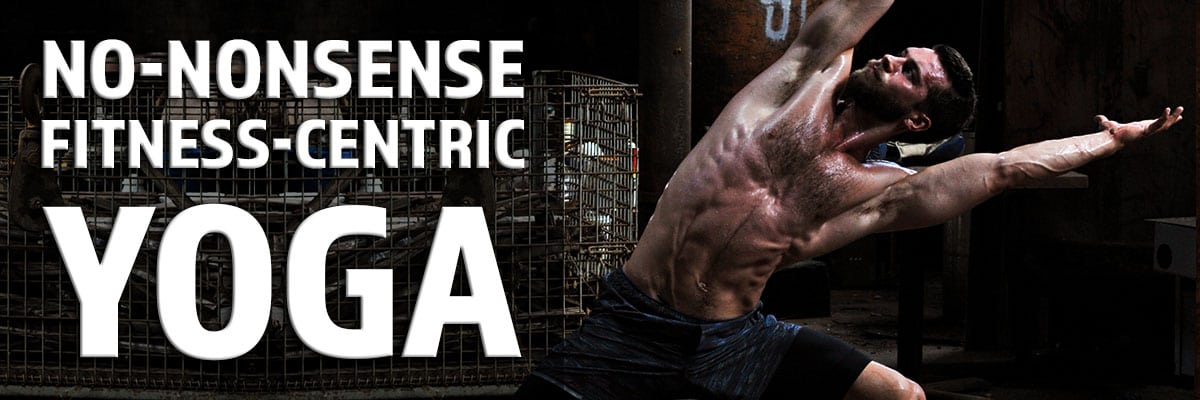 Join Today for Instant Access!
Join Today for Instant Access!
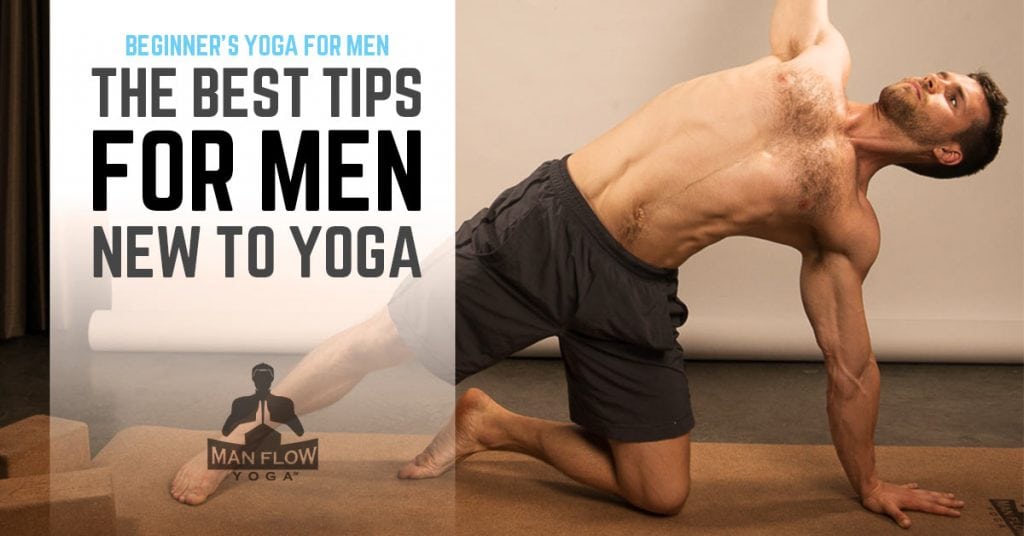
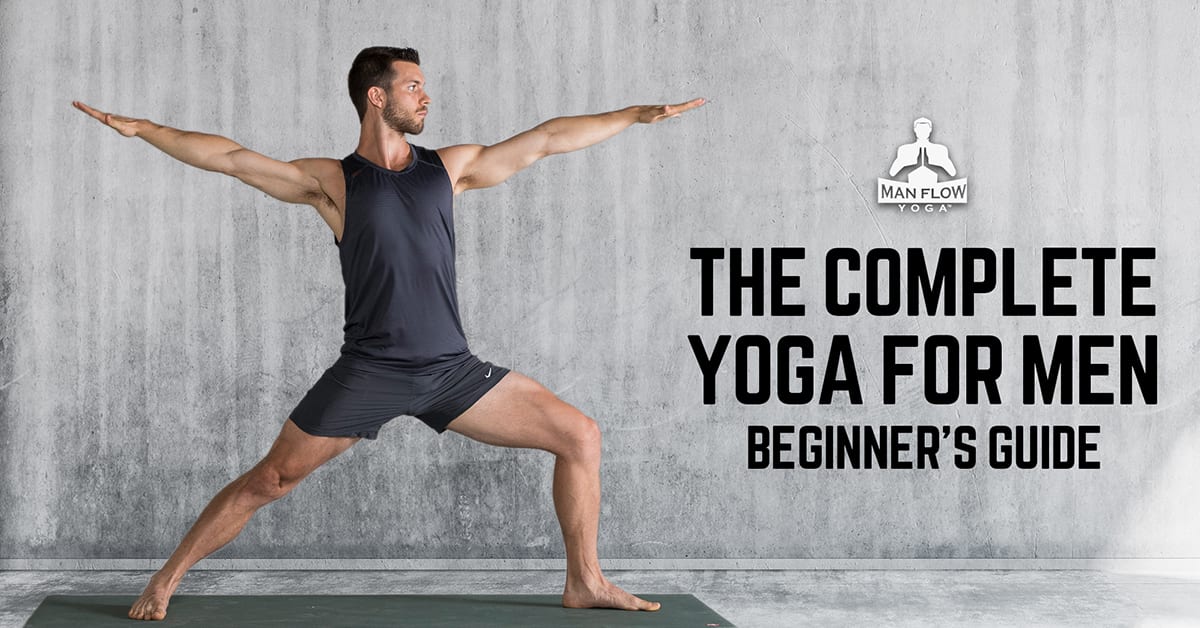

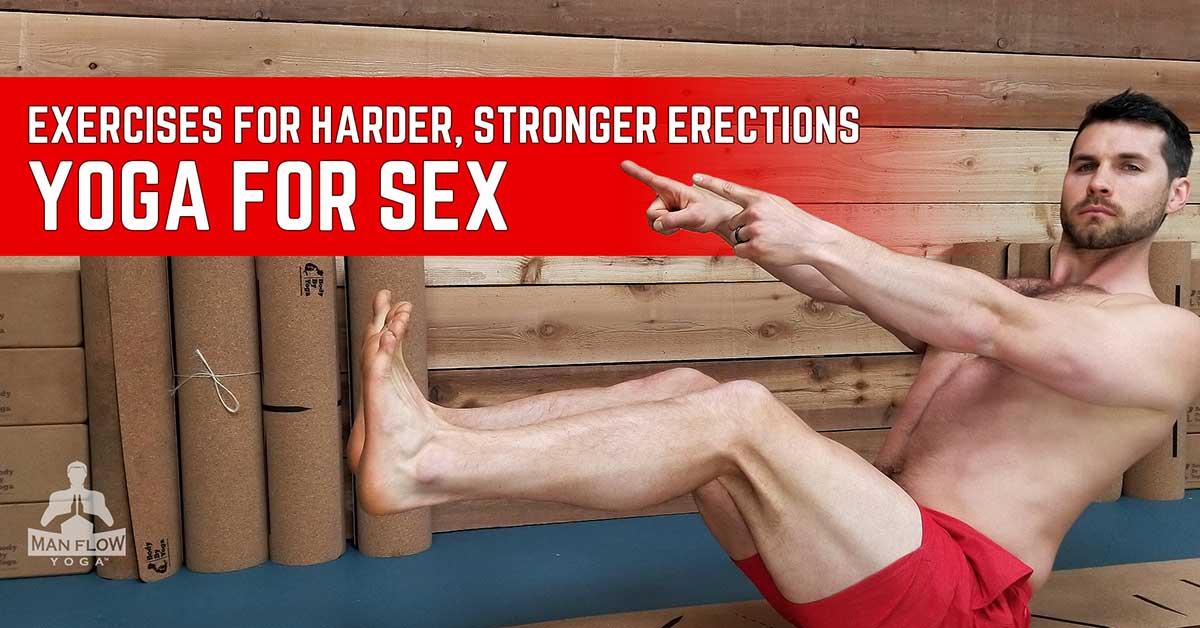
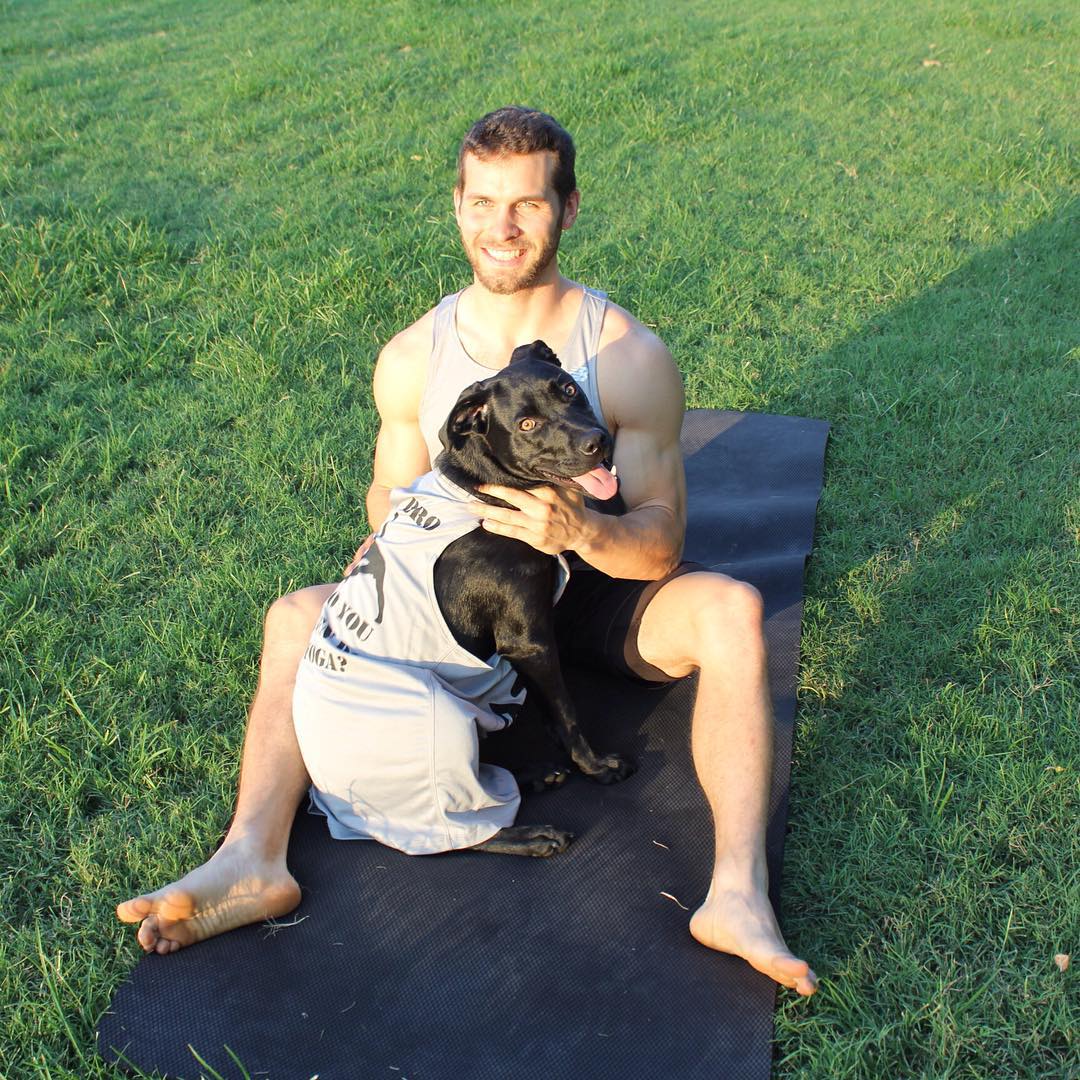
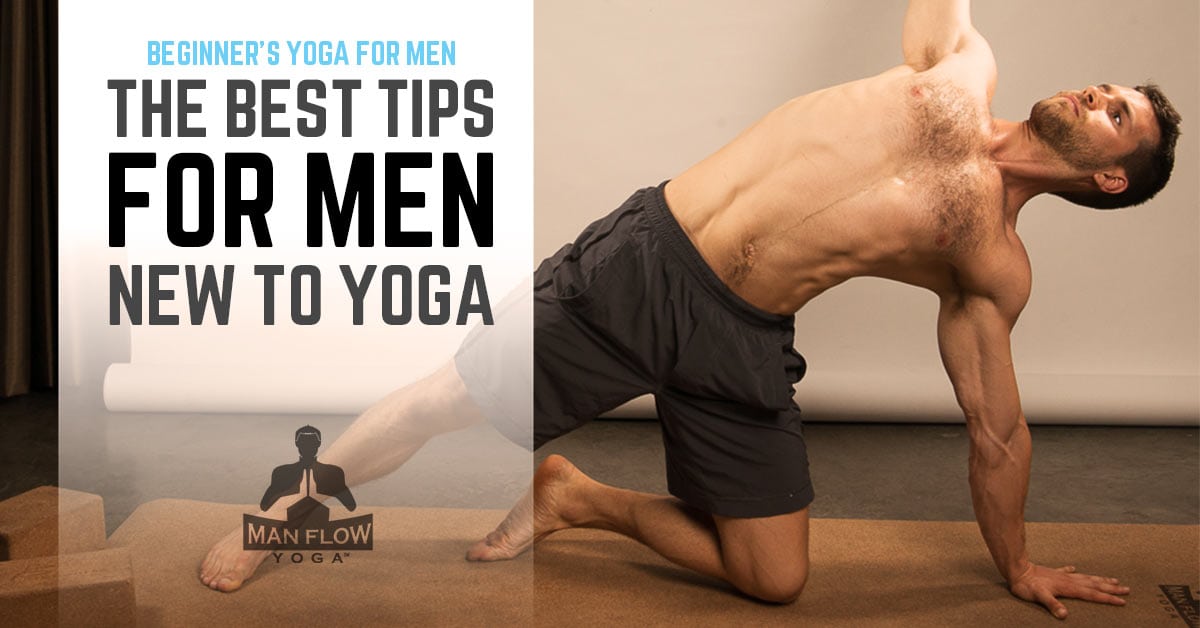
I really want to get involved with yoga but I have MS and do not want to set myself up for frustration and failure. Please advise me my best starting method/plan. Thank you!
Jeff – You want to be sure to keep your body heat down, so make sure to avoid heated yoga and exercise in AC. But otherwise, I wouldn’t change much other than the steps here. Exercising on a regular basis is going to help you with your MS though.
I love that there is no music – sometimes that just pulls me out of the focus. Thanks for (not) doing that.
I am having pain radiating to my knees and ankles especially while driving. I just finished a 10 hour drive to visit family and had excruciating pain after being in the car a couple hours. Sitting on a foam cushion gave me temporary relief. Any suggested poses to do while on the road? I am returning home soon and am not looking forward to the 10 hour ride.
Hey James – That radiating pain sounds sciatic-nerve related. You can help to alleviate it by releasing pressure from the sciatic nerve, caused by tightness of the piriformis muscle. You also want to try and use your pelvic floor/core muscles more when you’re sitting. I’d recommend stopping every 2 hours and taking 5-10 minutes to do postures aimed at countering the seated position. This includes positions like: High Lunge, Warrior 2, Pigeon.
Thank You!
You got it, James. I have a program for this type of situation called “The Posture Fix”. Check that out in my training section or in the Members’ Area. 🙂
Any poses you would both recommend and avoid for a guy who experiences SI Joint problems from time to time, especially first thing in the morning. Thanks.
Hey Dave – yes, I actually have a video for SI joint pain. You’re going to want to focus on core strengthening specifically. https://www.youtube.com/watch?v=0e2gJCsBjtg